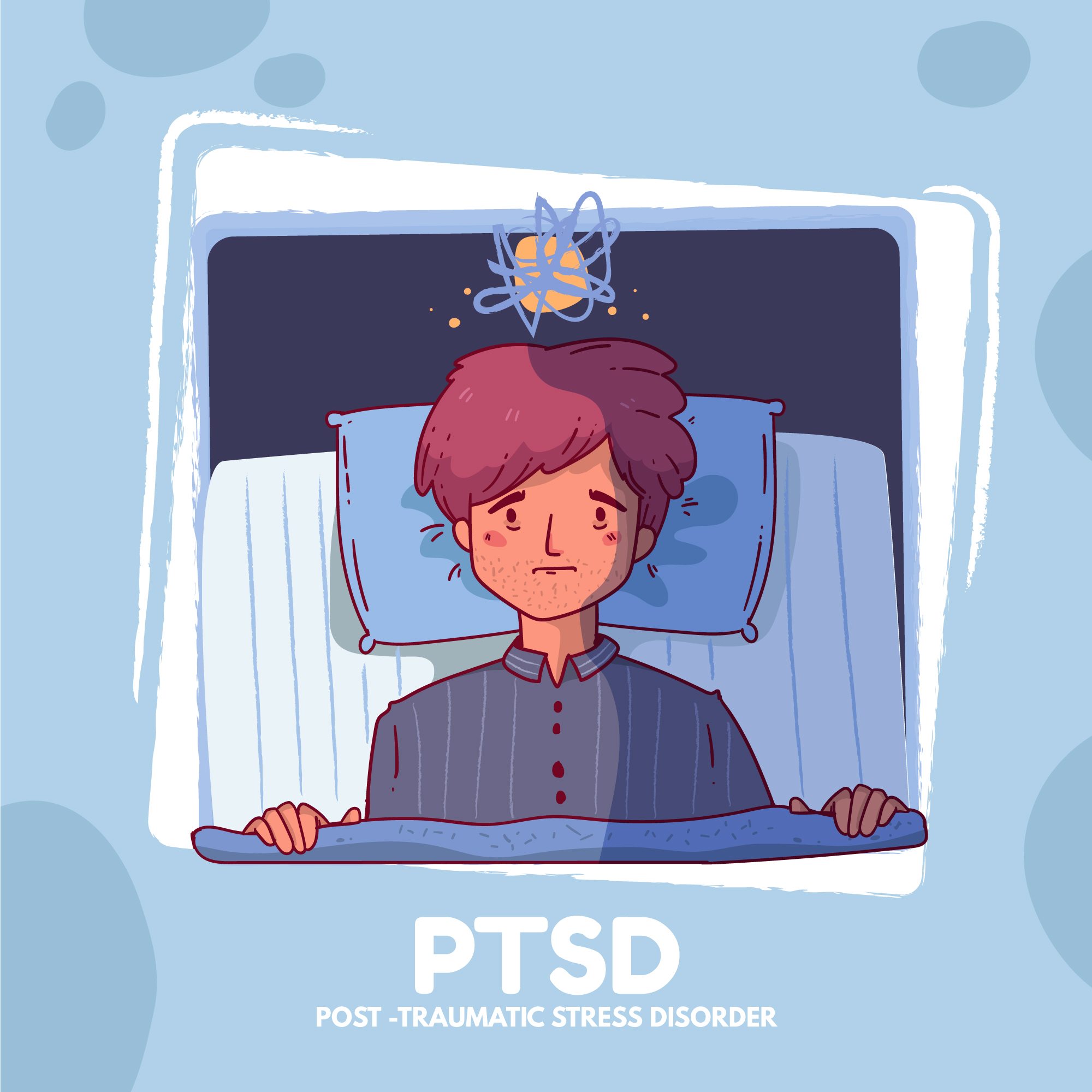Post-Traumatic Stress Disorder (PTSD) is a mental health condition that can develop after someone goes through or witnesses a traumatic event. It can cause intense feelings of fear, anxiety, and distress long after the event has passed. PTSD can affect anyone, but it often impacts military personnel, first responders, and survivors of traumatic events like accidents, natural disasters, or abuse.
For those struggling with the lasting effects of trauma, finding the right treatment can feel overwhelming. Thankfully, new guidelines for post traumatic stress disorder treatment have been introduced. These guidelines focus on proven therapies like cognitive behavioral therapy, eye movement desensitization, and reprocessing, along with medication. Let’s learn more about this in detail below.
What is PTSD?
PTSD is a mental health condition that can have a serious impact on a person’s life. It happens when someone repeatedly experiences distressing moments where they relive a traumatic event.
After going through a disturbing experience, it’s normal to have upsetting memories, feel anxious, and struggle with sleep. These symptoms usually fade with time. However, if they last for more than a month, it could be PTSD.
Common symptoms include:
- Frequent nightmares or disturbing thoughts about the event
- Feeling emotionally disconnected
- Avoiding people or situations
What Are The Updated Guidelines For Treating PTSD?
The new guidelines for treating PTSD include the following approaches:
Psychotherapy
Psychotherapy plays a central role in post traumatic stress disorder treatment. Cognitive Behavioral Therapy (CBT) is one of the most effective therapies for PTSD, helping individuals identify and change negative thought patterns related to their trauma. Eye Movement Desensitization and Reprocessing (EMDR) is another widely recommended therapy that helps process traumatic memories through guided eye movements, aiming to reduce the emotional pain associated with those memories.
Other valuable therapies include Cognitive Processing Therapy (CPT), which helps individuals reframe their thoughts about trauma, and Prolonged Exposure Therapy (PE), which gradually exposes patients to trauma-related memories in a controlled environment to reduce fear.
Medication
Medications are commonly used alongside psychotherapy in PTSD treatment. Selective serotonin reuptake inhibitors (SSRIs) are typically the first choice for managing symptoms, as they help balance serotonin levels in the brain to reduce anxiety and depression. These include sertraline (Zoloft) and paroxetine (Paxil), which work by increasing serotonin levels in the brain to help manage anxiety and depression symptoms associated with PTSD.
In some cases, other medications like serotonin-norepinephrine reuptake inhibitors (SNRIs) or medications for insomnia or nightmares may also be considered, depending on the individual’s symptoms.
Other Treatments
In addition to psychotherapy and medication, several other treatments can support PTSD recovery. Relaxation techniques, such as deep breathing exercises or progressive muscle relaxation, help reduce stress and anxiety. Imagery Rehearsal Therapy (IRT) involves mentally revisiting traumatic memories and rewriting them in a way that reduces distress.
Brief psychotic therapy may be used in cases where trauma-induced symptoms are severe, helping individuals manage immediate responses. Hypnotic techniques, or guided hypnosis, can aid in relaxation and memory processing. Group therapy provides a supportive space where people can share their experiences with others who understand, helping them feel connected and supported in their healing.
These therapies, medications, and treatments are most effective when adjusted to fit the individual, considering their unique circumstances, preferences, and past experiences.
Wrapping it Up
The updated post traumatic stress disorder treatment guidelines focus on proven therapies like Cognitive Behavioral Therapy (CBT) and Eye Movement Desensitization and Reprocessing (EMDR), along with medications like SSRIs. These approaches work best when tailored to each individual’s needs, considering their preferences and experiences. Seeking professional help and following a personalized plan can greatly improve the healing process for those affected by PTSD.





